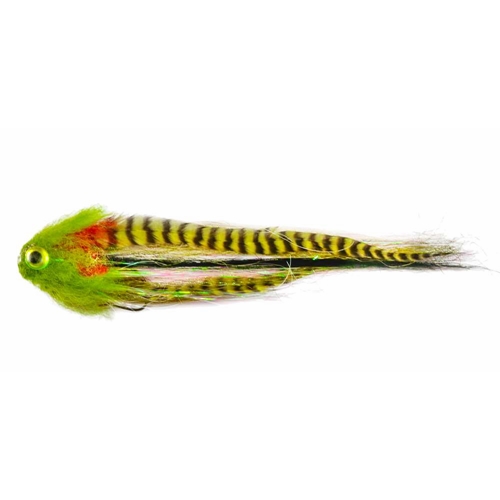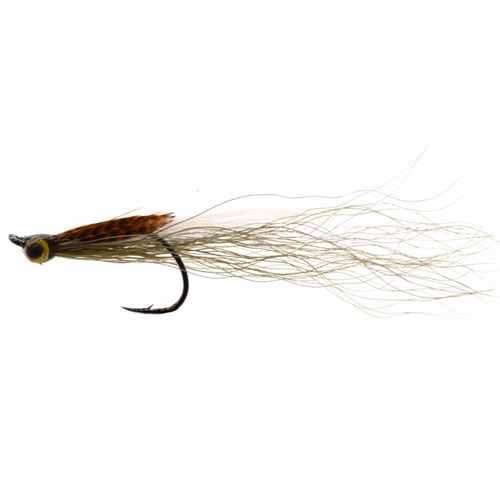 Thanks to ease and speed of transport, the world is growing much smaller when it comes to fly fishing. Gone are the days when anglers would spend most of their time in colder climes, and many are now seeking to enjoy their sport in warmer waters. Saltwater fishing has been growing in popularity, and anglers may now seek bonefish in the blue waters around the Bahamas, or tarpon in Mexico and Florida. Having once enjoyed such an experience, you are almost bound to return to experience this whole new dimension to the sport.
Thanks to ease and speed of transport, the world is growing much smaller when it comes to fly fishing. Gone are the days when anglers would spend most of their time in colder climes, and many are now seeking to enjoy their sport in warmer waters. Saltwater fishing has been growing in popularity, and anglers may now seek bonefish in the blue waters around the Bahamas, or tarpon in Mexico and Florida. Having once enjoyed such an experience, you are almost bound to return to experience this whole new dimension to the sport.
Still, it’s also possible to enjoy the sport in the colder waters around the coast of Britain. In the 19th century, for example, fish fishermen sought bass with trout fly and salmon patterns. They would catch pollack on red and white flies called Cuddy flies named after the small coalfish pollack fed upon. Another traditional British fly was the Shaldon Shiner, a fly that was blue in colour and considered excellent for bass fishing. There was also a fly tied to attract the softer-mouthed grey mullet, using owl feathers and white wool, and often tipped with a sliver of shellfish. For most saltwater fishing, though, “flies” need not be overly elaborate, just so long as they have some inbuilt life provided by the appropriate construction materials. Long hackles that breathe and pulsate are excellent, as are non-tarnishing tinsels top add flash and glitter.
Whether you prefer to remain in a colder climate such as the coast of the UK, or to venture around the globe, there is plenty of scope to for all kinds of saltwater fly fishing.



















